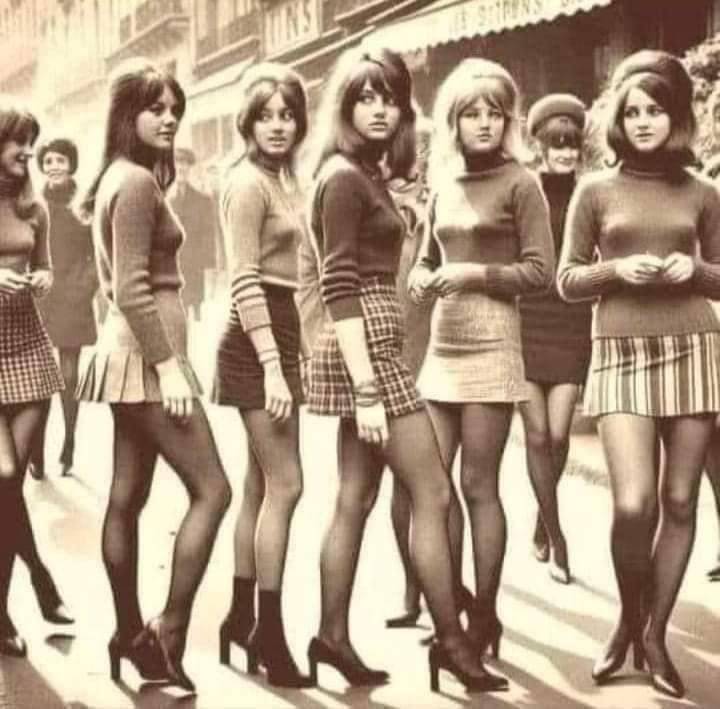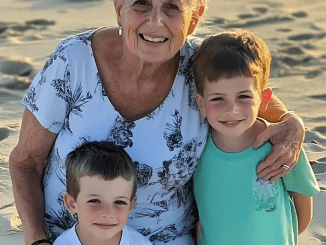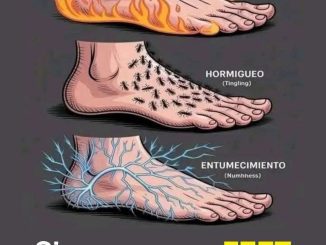The ’70s were a fashion revolution—a decade of bold choices, diverse styles, and iconic moments that defined an era and continue to influence modern fashion. From disco glam to tailored sophistication, the 1970s showcased a kaleidoscope of creativity and individuality. Let’s delve into the unforgettable trends and cultural shifts that made the decade a golden age for fashion.
The Rise of Tailored Sophistication: A Halston-Led Revolution

The 1970s ushered in a new era of fashion defined by clean lines, elegant simplicity, and luxurious fabrics. Designer Roy Halston Frowick led this revolution with his signature use of cashmere, suede, and jersey. Halston’s dresses became synonymous with effortless chic, emphasizing the wearer rather than overwhelming them with frills.
Tailored trousers, belted coats, and streamlined silhouettes became staples for women, reflecting a shift towards empowerment and practicality. Icons like Jackie Kennedy embraced this minimalist yet sophisticated style, proving that less was truly more.
Disco Glam: When Studio 54 Ruled the Night
Nothing screams ’70s fashion louder than the glitz and glamour of Studio 54. This iconic nightclub was a hub for bold fashion statements, and Bianca Jagger epitomized disco elegance in shimmering lamé dresses and daring halter tops. Metallic fabrics, sequins, and platform shoes became essential pieces for those hitting the dance floor.
Studio 54 wasn’t just about sparkle—it was about embracing individuality. Diana Ross and countless others used fashion to express their personality and celebrate the freedom of the era. The disco movement also saw the rise of jumpsuits, plunging necklines, and vibrant colors, creating a perfect blend of drama and playfulness.
The Bohemian Spirit: A Nod to Hippie Culture
The 1970s didn’t fully abandon the hippie vibes of the late ’60s; instead, it refined them into a more polished bohemian aesthetic. Flowing maxi dresses, tunics, and fringe accents became wardrobe essentials. Designers like Zandra Rhodes and Gunne Sax elevated boho-chic with intricate patterns and romantic silhouettes.
This trend wasn’t just about aesthetics—it was a lifestyle. Boho fashion represented a connection to nature, freedom of spirit, and a touch of whimsy. Floral prints, earthy tones, and natural fabrics were celebrated, offering a softer counterbalance to the decade’s more structured styles.
Sportswear and Softness: Redefining Comfort and Elegance
As more women entered the workforce, there was a demand for clothing that combined practicality with style. The answer? Sportswear. This wasn’t about gym attire; it was about creating versatile, easy-to-wear separates that fit seamlessly into everyday life.
Designers like Calvin Klein and Diane von Fürstenberg championed this movement with pieces like wrap dresses, stretch denim, and knitwear. The focus was on soft, breathable fabrics that celebrated the natural female form. Women embraced this liberation from rigid corsets and embraced a new era of comfort-driven elegance.
Polyester: The Fabric of the Future

Polyester dominated the 1970s, offering an affordable, wrinkle-free alternative to traditional fabrics. It became the backbone of the era’s wardrobe, bringing high fashion to the masses. Think pointed collars, sweater suits, and clingy dresses—all made accessible through this synthetic wonder.
While polyester’s practicality was undeniable, its reputation faded by the decade’s end. Still, it played a crucial role in democratizing fashion, making chic designs available to everyone, not just the elite.
Designer Denim: Elevating Everyday Attire
Denim’s journey from workwear to high fashion reached its peak in the ’70s. Levi’s, Wrangler, and Lee became household names, but designer brands like Calvin Klein and Gloria Vanderbilt took denim to new heights. Suddenly, jeans weren’t just casual—they were a statement.
With sleek cuts, high waists, and the introduction of designer logos, denim became a versatile canvas for self-expression. Whether paired with a tailored blazer or a boho blouse, jeans were the ultimate symbol of effortless cool.
The Battle of Versailles: American Designers Take the Lead

In 1973, the Battle of Versailles fashion show marked a turning point for American designers. Competing against French couture giants, American talents like Halston, Oscar de la Renta, and Stephen Burrows showcased their innovative designs in a high-energy, choreographed spectacle.
This event not only highlighted the creativity of American fashion but also emphasized inclusivity and modernity. The bold use of colors, movement, and diverse models set the tone for a new era where fashion wasn’t just about prestige—it was about relatability and excitement.
Conclusion: The Legacy of ’70s Fashion
The 1970s were more than just a decade of trends—they were a cultural movement that reshaped how we think about fashion. From the empowering simplicity of tailored suits to the flamboyant drama of disco glam, the ’70s celebrated individuality and broke countless norms. These styles didn’t just stay in the past; they continue to inspire designers and fashion enthusiasts around the world.
So, next time you see a photo from the ’70s, look closely. What might seem like a nostalgic snapshot holds the blueprint for many of today’s fashion choices. The unexpected twist? The ’70s were about more than clothes—they were about freedom, expression, and redefining what it means to be stylish.


